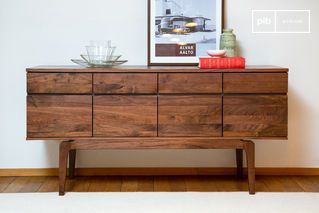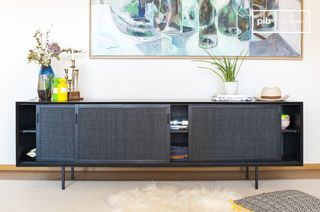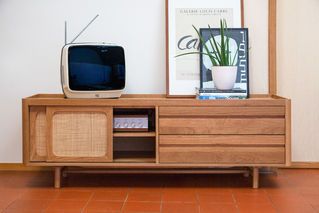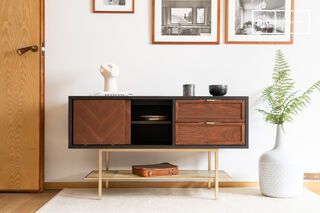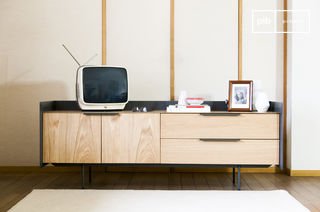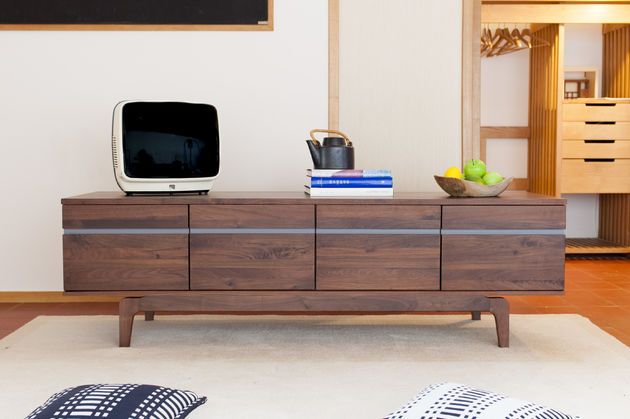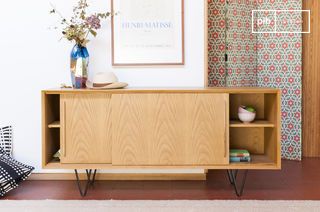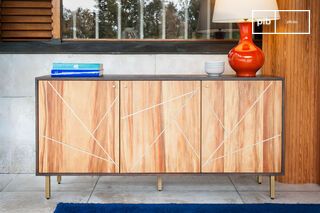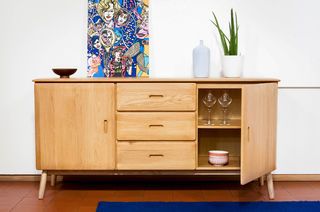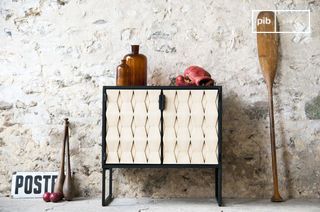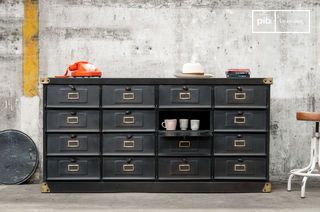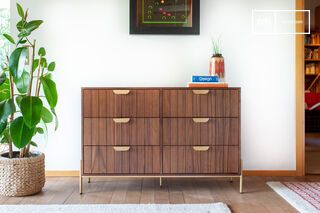Living room sideboards
Living room sideboards create a stable horizontal volume in a space primarily dedicated to seating and circulation. They can be set up to organize everyday items such as audio equipment, occasional crockery, documents or accessories. The format is adapted to the available surface and to the possible presence of a sofa or bookcase. This category includes models designed to blend seamlessly into the room, in harmony with the other elements of the living room.
read more >Filters
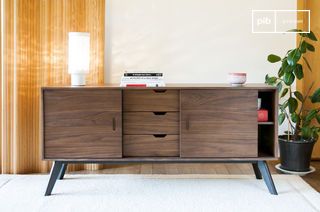
Walnut buffetHinda
£1315
10 festive days
10% off our tables and consoles
Welcome your guests in style · Limited stock
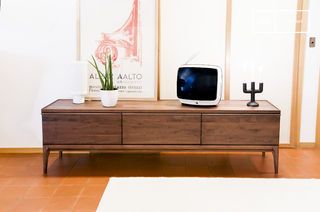
Walnut TV standHemët
£1925
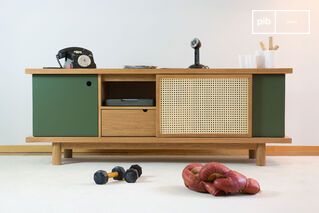
Oak buffetTammea
£1195

Function and positioning of a living room sideboard
The main function of the living room sideboard is to provide discreet storage space, accessible from the living area. It is generally installed against a free wall, at a sufficient distance from the sofa or coffee table so as not to impede circulation. It can be used to store audio equipment, books, crockery or lesser-used items. Depending on the context, it can also be used to support accent lighting or fixed decorative elements. The choice of format depends on the space available and the intended use. A low sideboard lightens the composition, while a taller model defines a self-contained storage area.
Internal organization and materiality
A living-room sideboard is often structured by closed modules with solid doors or drawers that conceal the contents without breaking the façade. Some models incorporate open niches for equipment requiring direct access (amplifier, player, box). Solid wood, veneer or lacquered panels are frequently used, chosen for their stability and ability to blend into a room dedicated to relaxation. The choice of finish plays on visual presence: a dark wood marks the space, a light or matt finish blends in better with the surroundings.
Relation to other living room elements
The living room sideboard completes a composition including sofa, coffee table, lighting and sometimes bookcase. It can respond to these elements through material, height or circulation axis. In open-plan layouts, it helps organize functions without resorting to physical separations. Linked directly to a supporting wall, it establishes a visual continuity useful for balancing volumes. The upper shelf can be left free or used for fixed objects, as long as it does not obstruct the access. In some cases, the sideboard is integrated into a larger ensemble, with wall-mounted or linear hanging storage.
The living-room sideboard provides a service function while respecting the design logic of the room. It acts as a material base, without disrupting circulation or diverting attention from the living room's central space.
The living room buffet provides a service function while respecting the design logic of the room

